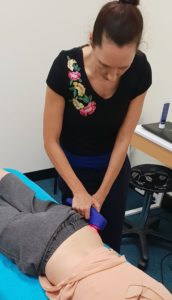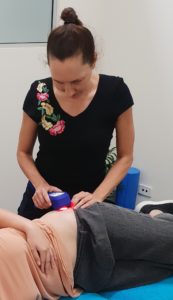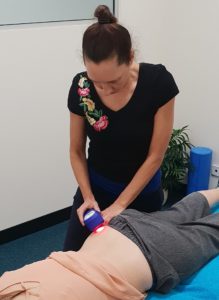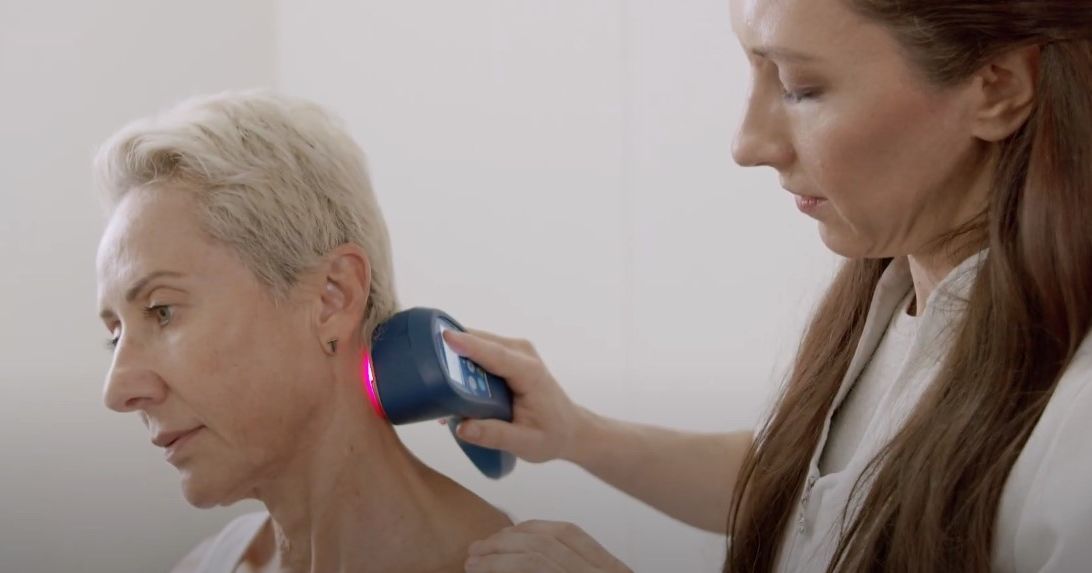The Acetabular labrum (Hip cartilage) is referred to as a ring of cartilage that surrounds the hip and provides shock absorption, lubrication and stability to the hip joint. Mainly the labrum makes it extremely difficult for the femoral bone head to slip out of the hip socket. Acetabular labral tears haven been found in 20% of athletes presenting with groin pain as their initial symptom.
It is attributed to ageing and commonly linked with posterior hip dislocation, trauma and acetabular dysplasia (deformation oh hip bone). Trauma may be mild or severe and can range from slipping/twisting to hip dislocation. Too much hip outward rotation with hyperextension of the hip joint may cause an anterior labral tear, while downward hip loading in a flexed position commonly leads to posterior labral tears.
Certain signs and symptoms of hip cartilage tear may arise including:
a) Sharp catching pain in hip
b) Popping and a feeling of hip joint locking
c) Dull, activity related or positional pain that doesn’t seem to improve
d) Front of hip and groin pain
e) Pain on Adduction and forced rotation of the hip in either direction
f) nflammation around the hip and cartilage region
Functional tests/Orthopaedic tests include of the hip:
a) Faber test- Patients lies on their back with leg bending over knee in a figure eight position and the doctor applies pressure to induce groin and hip pain
b) Resisted Straight Leg Raise- Legs extended and patient lifts one leg against the doctors resistance, again inducing groin pain
c) Anterior Labral tear test- Hip flexed and placed into external rotation and adducted and moved into extension to elicit a popping/catching sensation at the knee and groin pain
d) Posterior labral Tear test-Hip flexed and placed into internal rotation and adduction and moved into extension to elicit a popping/catching sensation at the knee and groin pain.
e) Scour Test- Hip flexed and brought into adduction while the doctor applies a compressive force straight onto the knee and moves the hip into abduction to stimulate pain and see how much movement the joint has.
Other causes of hip pain may include, loose bone or cartilage bodies, snapping iliotibial/iliopsoas tendon, synovial chondoromatosis and acute haemorrhage/bleeding.



Cold Laser has been proven to have a positive effect on Acetabular labral tears as inflammation is commonly one of the first signs present. Cold Laser Therapy treat labral tears by inhibiting the inflammation around the joint and providing nutrients, oxygen and blood to the working muscles to help rejuvenate the damaged tissue and improve movement as soon as possible.
Cold Laser Therapy is a fast, effective, and non-invasive treatment that does not produce heat or break the skin’s surface—making it a safe option for managing pain and inflammation. At Lakeside Laser in Gnangara, WA 6077, we offer affordable laser therapy sessions using multiple emitters to support the recovery of hip pain and related conditions.
Each session typically lasts around 20 minutes, with the laser applied to various points around the inflamed hip—spending 3–5 minutes on each section to ensure targeted relief.
We welcome clients from all over Perth, including Sinagra, Jindalee, Alkimos, Wanneroo, Wembley Downs, Kingsley, Edgewater, Hillarys, and Joondalup.
To discuss your condition or book an appointment, feel free to contact our friendly reception team or Dr Linda Schiller directly on 0468 429 111, or visit our website at www.lakesidelaser.com.au. We look forward to helping you on your journey to recovery.



